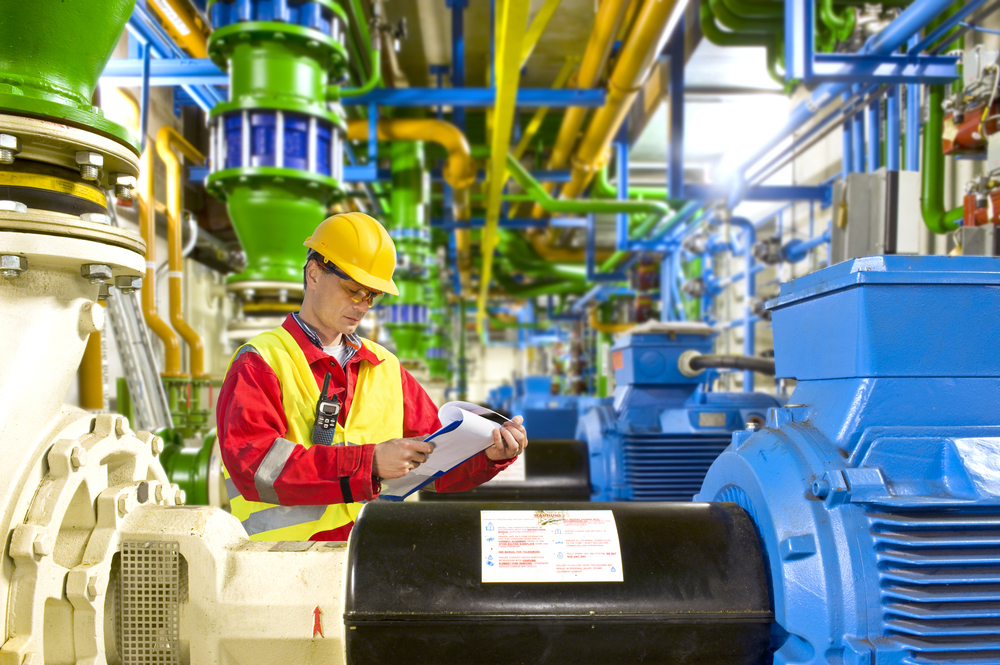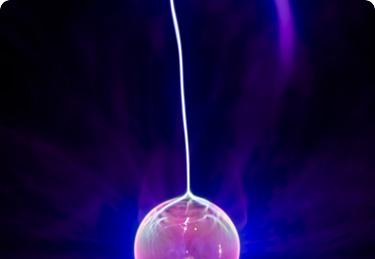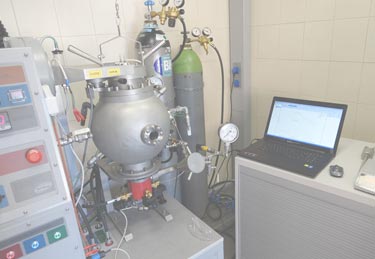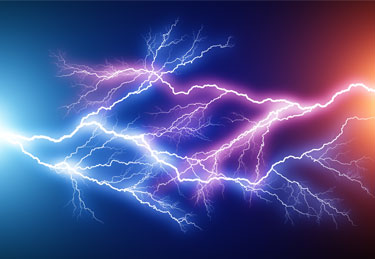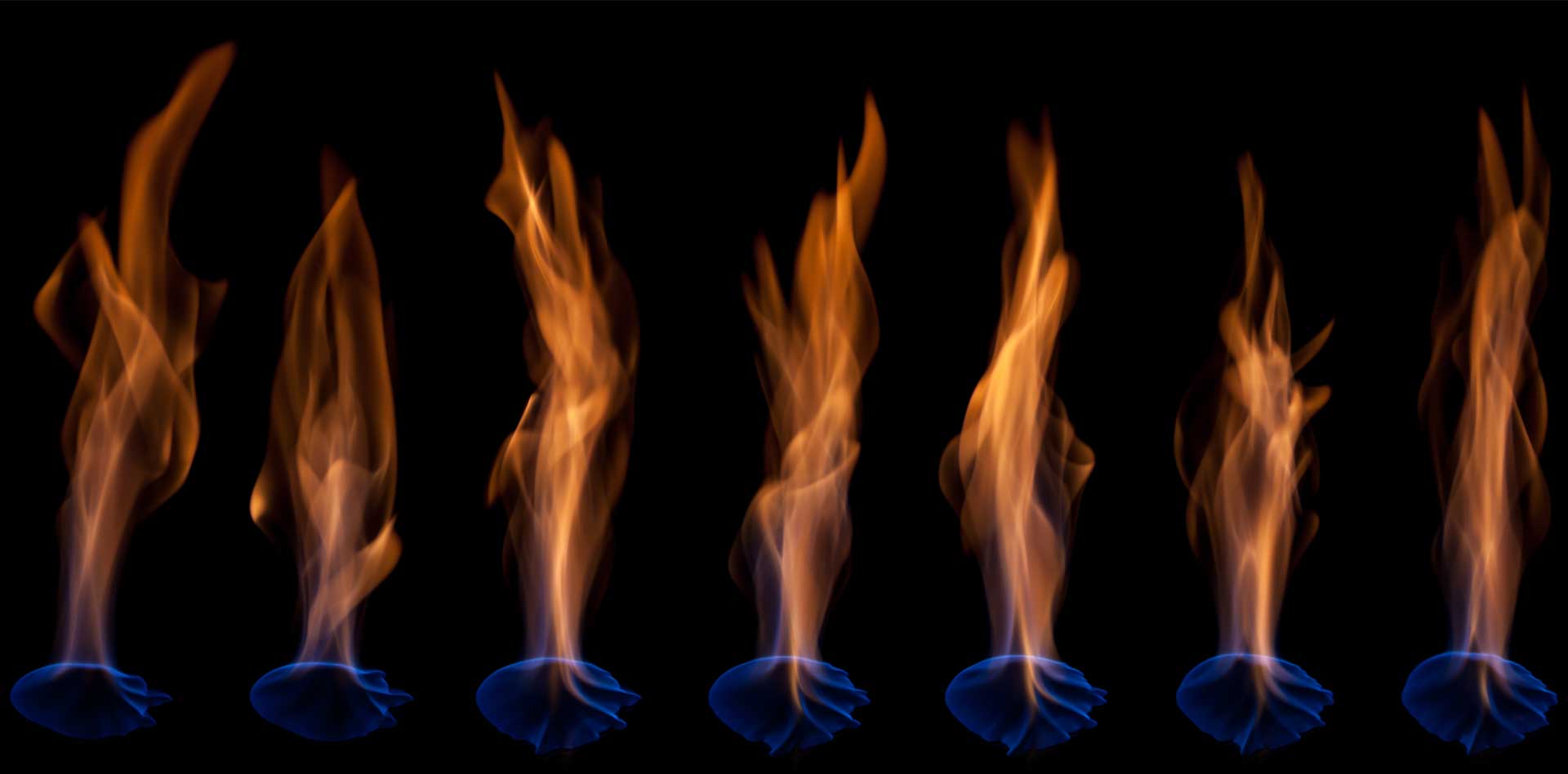Search
Hazardous Location Classification: Electrical Equipment in Flammable Atmospheres

- Electrical equipment can produce arcs or sparks and can get hot,
- Electrical equipment is used on process plant where there can be gases, vapors, dusts, or fibers which are combustible or flammable,
So why do we not have lots of industrial explosions and fires caused by electrical equipment?
The fact of the matter is that we do have some! But the reason we do not have lots and lots of electrically initiated fires and explosion on process plant is because we apply methods to systematically IDENTIFY where our flammable atmospheres can occur, we CLASSIFY the particular hazards that exist in each HAZARDOUS LOCATION and we ensure we select and install electrical equipment that is designed for safe use in each.
At Stonehouse, our Hazardous Location consultants spend a lot of time on plant reviewing and examining operations and processes, type, quantity, and frequency of flammable or combustible materials used, drawings and process descriptions, and talking with plant personnel. Our objective is to determine if potentially hazardous locations might exist during any normal or foreseeable abnormal conditions so that they can be properly classified to enable the correct selection of electrical equipment. In this article we introduce the basics of Hazardous Area Classification for those less familiar with this seemingly complex topic. In a second article in this issue of Process Safety Dispatch we delve into the challenging problem of small, portable electronic equipment (mobile phones, calculators…) in Hazardous Areas.
It should be of no surprise that electrical equipment has the potential to cause fire, flash fire, and explosion. Most electrical equipment, mains powered, or battery powered, can produce electrical sparks and heat. Look at the spark from a light switch when activated in a darkened room or feel the heat from the motor on your home vacuum cleaner after normal operation and you’ll know what we mean. Even the batteries in unrated, portable electronic devices can cause fire and explosion. [Checkout our demonstration video here or read our article on Portable Electronic Devices in Hazardous Locations here]. Furthermore, some electrical equipment can fail leading to mechanical or electrostatic sparking or heating, and others can allow material ingress/ contamination leading to malfunction, short circuit and other dangerous fault conditions.
So, let’s take a ‘back to basics’ look at what is done to guard against the ignition risks from electrical equipment:
Strategy
The strategy employed on process plant by our process safety specialists follows the basic principles set out below and amplified later:
- Classify Hazardous Areas by identifying location and understanding flammability/ combustibility characteristics of hazardous materials present, their extent, duration, and sensitivity to electrical spark and heat ignition,
- Look how these flammable atmospheres can be eliminated and controlled,
- Select, install, and maintain electrical equipment that is specifically designed to be suitable for use in the hazardous areas identified and classified,
Identifying and Classifying Hazardous Locations
In an area of plant where the possibility of fire or explosion might occur, the selection of electrical equipment for use in those ‘hazardous locations’ begins with a hazardous area classification exercise. This means establishing the nature of hazardous atmosphere (vapor/ gas, dust or fibers), the likelihood of the hazardous material being present, and the ‘sensitivity’ of the hazardous material to ignition. In North America, the Class/Division/ Group system is used, whereas much of the rest of the world uses a zone system. Sticking with the North American system, Hazardous locations are identified with reference to the following:
The Class defines the nature of the hazardous material in the surrounding atmosphere which may or may not be in sufficient quantities to pose a continuous hazard. The classes break down into locations in which flammable gases or vapors may be present (Class I), those in which combustible dusts may be present (Class II) and those where ignitable fibers could be found (Class III).
The Division defines the probability of the hazardous material being able to produce an explosive or ignitable mixture based upon its presence.
There are Divisions 1 and 2, with the former indicating the hazardous material has a high probability of there being an explosive or ignitable mixture due to it being present continuously or intermittently under normal operating conditions. Division 2 indicates the hazardous material has a low probability of being found in an explosive or ignitable mixture and present only during abnormal conditions for a short period.
The Group defines the type of hazardous material in the atmosphere. Groups A, B, C, and D are for gases (Class I only) while groups E, F, and G are for dusts and flyings (Class II or III). Hazardous materials are allocated to a specific Group with each Group containing gases or powders with somewhat similar ignition properties. For Group’s A to D, typical group gases are acetylene (Group A), Hydrogen (Group B), ethylene (Group C) and propane (Group D). Combustible powders are similarly allocated to Groups (Groups E to G), with, for example, aluminum allocated Group E, coal to Group F and grain to Group G.
Laboratory Test Data for Group Assignation and Equipment Selection
For combustible vapors and gases, relevant data pertaining to Hazardous Area Classification includes Flash Point (FP), auto-ignition temperature (AIT), upper and lower flammable limits (UFL and LFL), vapor density and vapor pressure. Other relevant data can include minimum ignition energy (MIE), minimum igniting current (MIC) and maximum experimental safe gap (MESG). Literature data is often available, but our own laboratories do obtain such measurements for clients from time to time.
For combustible powders and fibers there are combustibility & explosibility tests that we can undertake to establish if the material you are processing is capable of igniting as a dust layer or cloud. There are powder resistivity/ conductivity tests that can be performed to establish if your processed powders could ‘short out’ electrical circuits and equipment. Then there are critical parameters to examine what happens when your powder comes into contact with a hot surface, either as a dust cloud or as a layer settling on the hot equipment. These standard laboratory tests are known as the dust cloud auto-ignition temperature (MIT-cloud) and dust layer ignition temperature (LIT) tests. They are used to compare with a temperature rating (T value) quoted on electrical equipment for use in hazardous locations.
Obtaining dust explosibility data on powder materials is more challenging than for gases and vapor. At Stonehouse we have databases of many powders, but we can also use our dust explosion test laboratory to make the necessary measurements.
Selection of Electrical Equipment
Electrical equipment is made suitable for use in hazardous locations by following 2 distinct design principles; Equipment can be designed to be ‘intrinsically safe’ or it can be designed ‘explosion proof’.
Intrinsically safe electrical equipment will limit the energy present in equipment such that it is insufficient to ignite a particular hazardous atmosphere under any conditions. In practice that means operating with both low power and ensuring any energy stored within is small.
Explosion-proof (or flame-proof) equipment is strong and is enclosed in some way such that it will not ignite any local hazardous atmosphere, even if an explosion were to occur inside the equipment. There are a number of methods used by instrumentation and equipment manufacturers to ensure their equipment is flame/ explosion proof. These include:
- Sealing to prevent entry of flammable gas,
- Pressurization with clean air or inert gas to displace any hazardous substances from within,
- Encapsulation in resin or immersion in oil,
- Temperature of external surfaces to be known and limited to avoid self-ignition of gases, vapors or dusts, even if dust deposits build up. See laboratory test section below,
Once there is a thorough understanding of the pertinent flammability/ combustibility characteristics of materials processed, their extent, and duration – and once their hazardous Classes, Divisions, and Groups are established, then it becomes possible to select suitable electrical equipment TYPES. In North America equipment should be labelled with class and division. It should ideally also indicate its Group and Temperature (T) code, referred to above.
Of course, electrical equipment should also offer protection from MATERIAL INGRESS. This is not strictly part of hazardous area classification, but it is clearly important to select equipment that cannot allow liquid or dust access to a point of preventing operation or causing an ignition hazard.
Elimination and Control: Isolate electrical equipment from hazardous locations
It is often possible to introduce measures that reduce the extent of existing classified areas. Perhaps dust or vapor exhaust ventilation/ extraction can be improved or modified to reduce the classified area size. Maybe it is also possible to make use of physical barriers/ partitions to prevent the flammable dusts or vapors drifting towards electrical installations – taking care not to increase concentrations of vapors or dusts in other areas to levels above their minimum flammable/ explosible concentrations.
Sometimes it is also possible to make process changes that will lead to reduced use of flammable vapors and dusts on plant, at least in certain areas. Perhaps a material substitution or use of a less dusty alternative.
It makes complete sense to keep electrical equipment out of classified locations wherever it is possible. This applies not only to fixed installations (through careful design), but also to moveable equipment – with measures to prevent such equipment being brought into hazardous locations.
Do remember that in all cases, if changes of any type are to be made it will be necessary to also review existing hazardous areas that could be inadvertently affected.
Conclusion
Electrical equipment has the capability to (and does) cause industrial fires and explosions. There is a standardised approach to help avoid this. The approach involves:
- Classifying Hazardous Areas by:
- Understanding pertinent flammability/ combustibility characteristics of hazardous materials present,
- Identifying hazardous locations, their extent, and duration,
- Looking at how these flammable atmospheres can be eliminated and controlled, and
- Selecting, installing, and maintaining electrical equipment that is specifically designed to be suitable for use in the hazardous areas identified.
Hazardous area classification can be a complex and daunting task. If you would like assistance with the classification of hazardous locations on your facility, please contact us on 609-455-0001 or email us at [email protected].
References
- NFPA70, National Electric Code
- NFPA 497, Classification of Flammable Liquids, Gases, or Vapors and of Hazardous (Classified) Locations for Electrical Installations in Chemical Process Areas
- NFPA 499, Classification of Combustible Dusts and of Hazardous (Classified) Locations for Electrical Installations in Chemical Process Areas
- American Institute of Petroleum RP 500 and RP505.

Get in touch
To learn more about our expertise and services in dust explosion prevention & mitigation, call us at +1 609 455 0001 or email us at [email protected] today.
We also offer tailored virtual and in-company process safety training programs on Dust Explosions, Static Electricity and HAC (Hazardous Area Classification) and more. Find further information here.








